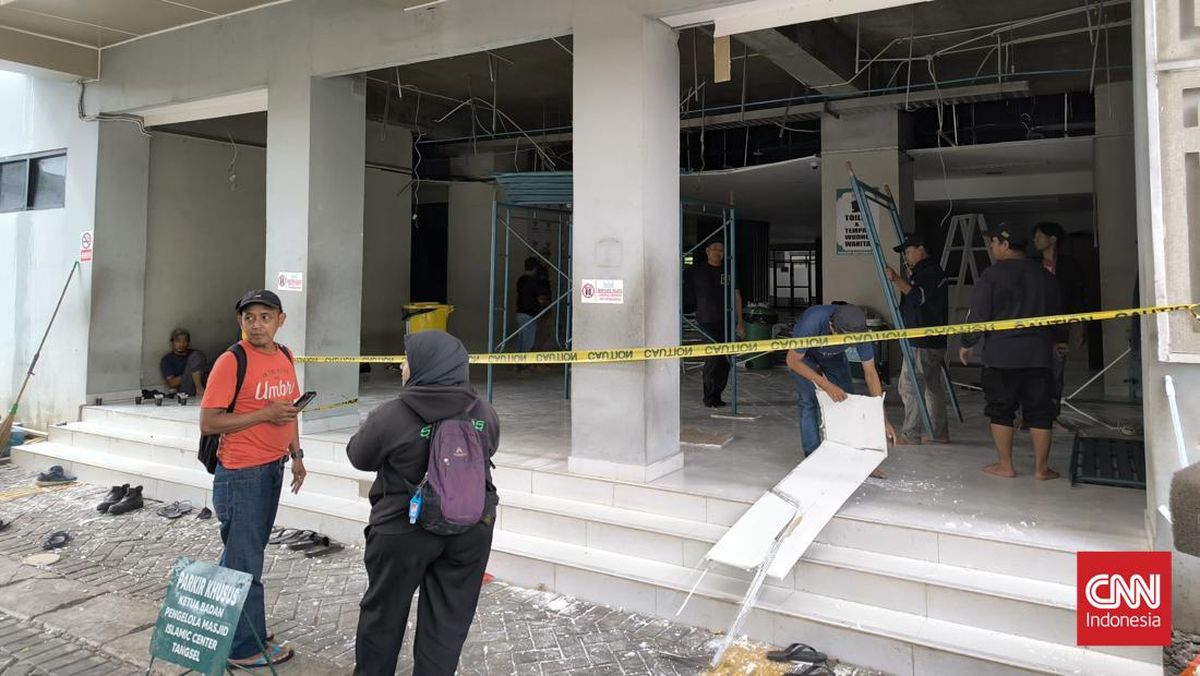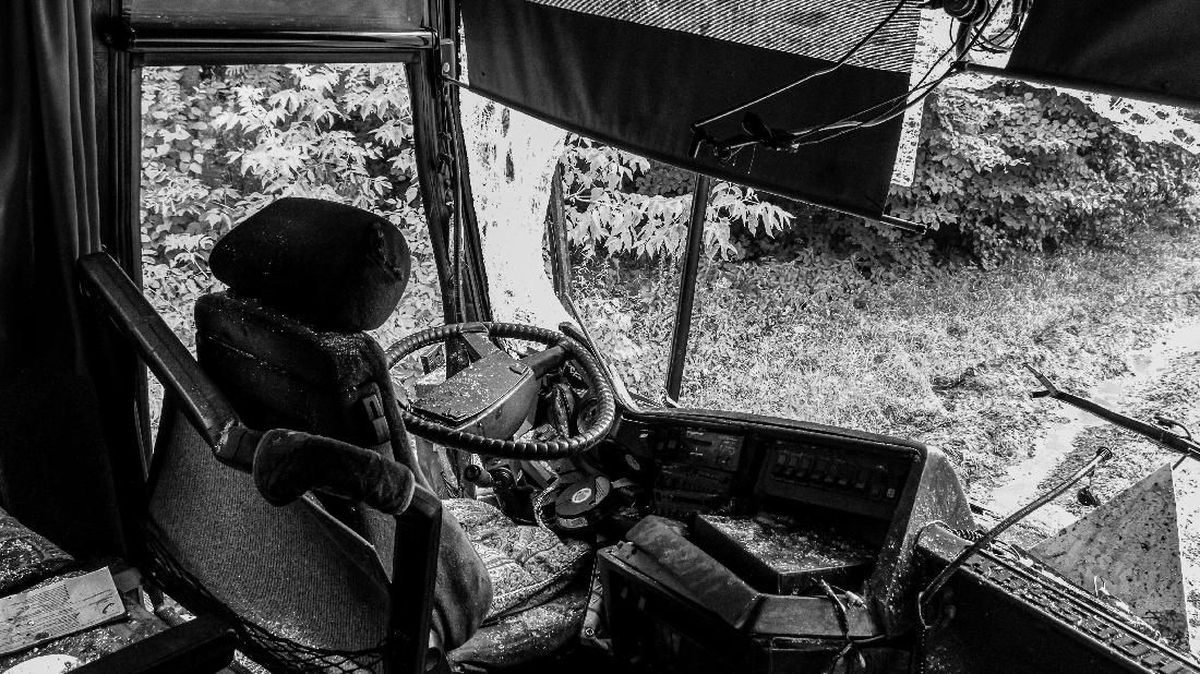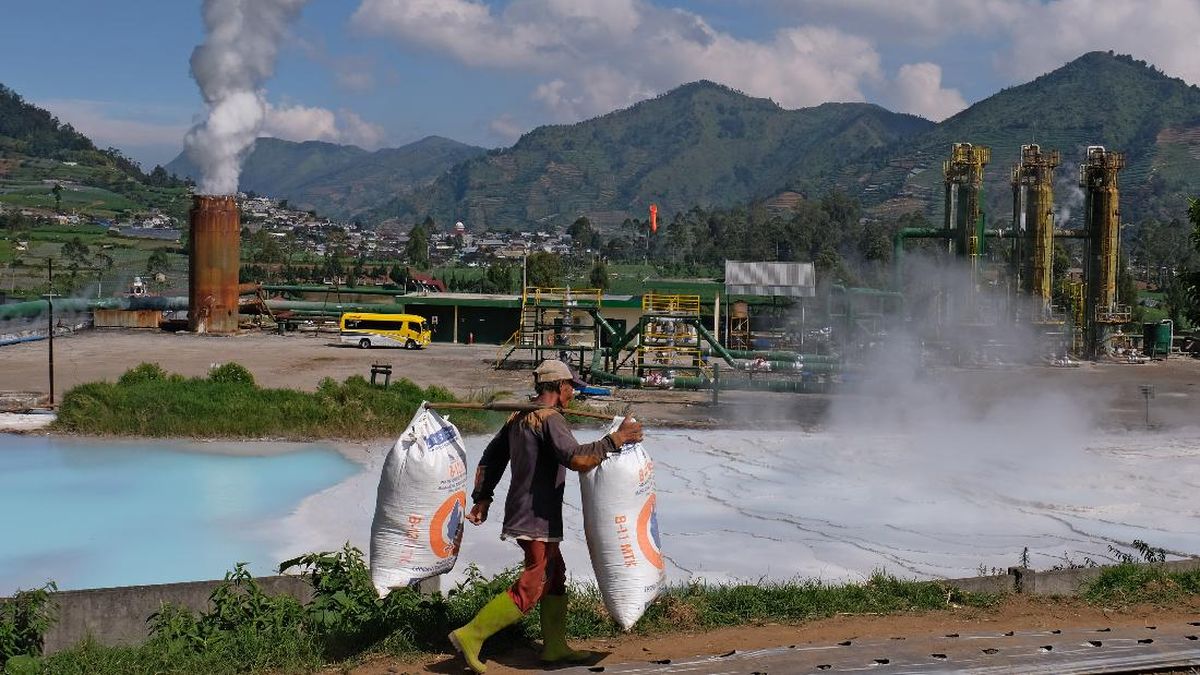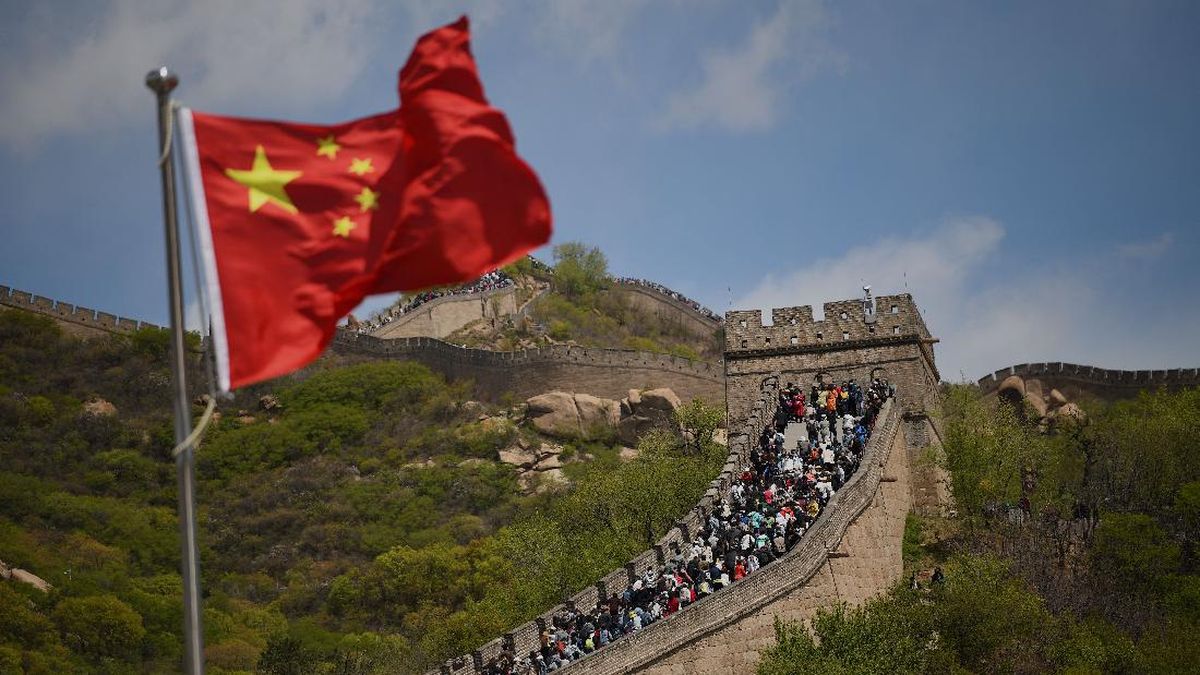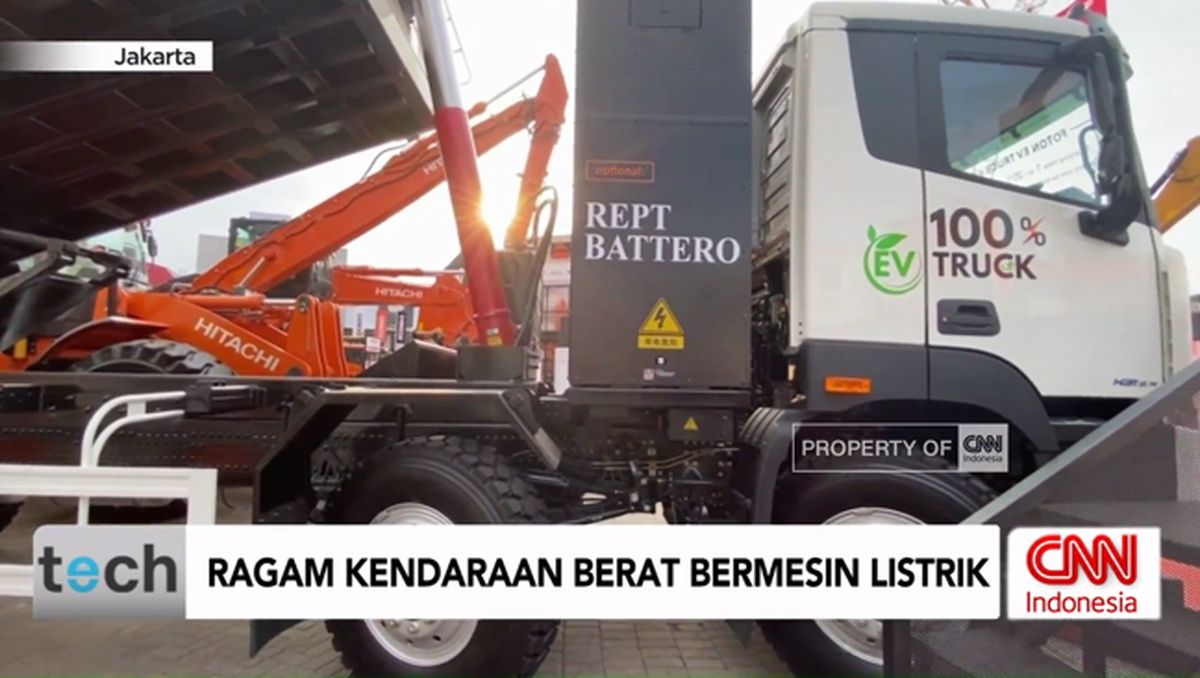There is bleak irony in the knowledge that two young women froze to death on Mount Bogong, within reach of a refuge built in memory of a pioneering High Country skier, Cleve Cole, who lost his own life in a blizzard on the mountain 89 years ago.
Victoria’s highest mountain has long had a reputation as a place of perilous beauty, where glorious vistas can suddenly diminish to a whirling, freezing white nothingness.

Cleve Cole being carried off the mountain in 1936. Credit: State Library of Victoria
It was in just such circumstances that Cleve Cole perished in 1936.
Among the worst tragedies on Mount Bogong occurred seven years later, in August 1943, when three young skiers died atop the mountain, apparently having lost their way in a vicious storm.
The bodies of Georgina Gadsden and Edward Welch, both aged just 23, and John McRae, 27, were found that winter within 80 metres of a snowed-in refuge known as Summit Hut.
The bodies of the two young unidentified women discovered on Friday were also tantalisingly close to shelter: they were described by police as having died near the Cleve Cole Memorial Hut.

Cleve Cole Hut as it stands today.Credit: Ayu Putu Desi/Victorian High Country Huts Association on Facebook
Their identities, and the precise events that led to their deaths, remain mysteries as police continue to investigate.
But earlier catastrophes on Mount Bogong provide insight into the sort of forces that can take lives when the weather turns merciless on those who venture to its heights.
The Cleve Cole Hut, a substantial stone building, was constructed by the Victorian Ski Club in 1937. It stands surrounded by stunted snowgums at an elevation of 1760 metres.
Mount Bogong’s summit is 226 metres higher, at 1986 metres, where no trees grow and where no shelter is available to anyone unfortunate enough to find themselves lost in a blizzard.
The lack of shelter on the summit was the plight of Cole and two companions, Mick Hull and Howard Mitchell, when they were engulfed by a snowstorm in August 1936.
Cole knew of the peril. The previous year, he had laid down plans for a refuge to be called Summit Hut. It wasn’t built until two years after he died.
So stupefying was the blizzard overwhelming Cole, Hull and Mitchell – all experienced High Country skiers – that they could not locate the large cairn that sits at the top of the mountain, and they could not find their way to the Staircase Spur - the main track to the Kiewa Valley below.
Cole knew the mountain well. He had skied many times on Bogong since he first ascended the mountain in 1932, when he climbed the Staircase from Tawonga in the company of mountain cattleman Walter Maddison. They were far from the first, of course – alpine Aboriginal peoples climbed the mountain for many thousands of summers to feast on bogong moths.

Police Air Wing vision as they approached the area where the two bodies were located at Mount Bogong on Friday.Credit: Victoria Police
Cole and his companions decided to wait out the storm by digging a snow shelter, but the blizzard wouldn’t give up.
After four days, with visibility still denied them, no safe path off the mountain and rations all but exhausted, the men – with a small block of chocolate each, a packet of chewing gum and a pint bottle of rum – decided to risk a desperate descent.
But their confusion was complete: they headed down a precipitous route to the south, instead of the Staircase to the north-west.
Cole eventually could walk no further, and somewhere near the Big River, in the remote country below, he and Hull climbed into a hollow log while Mitchell continued on, hoping to find help.
Two days later, Mitchell staggered in to the small mining settlement of Glen Valley. The townsfolk and the miners of the Maude and Yellow Girl Gold Mine put work aside and organised a search party of 18 which eventually located Cole and Hull.
But Cole was too far gone, and died soon after he was carried in to Glen Valley.
His memorial became the Cleve Cole Hut, built the following year to provide refuge to anyone lost on the mountain, and as a lodge for trekkers and skiers.
Snow poles were erected along main trekking and skiing routes on the mountain to guide the lost.
But in 1943, none of these measures saved Gadsden, Welch and McRae when they were caught within a blizzard. They did not even manage to extract their sleeping bags from their backpacks.
Loading
The bodies of the two dead men still wore packs on their backs, though McRae had an empty bottle of rum in his hand and Welch held a bottle with a small amount of brandy in it. Gadsden had discarded her gloves.
They simply succumbed to the mountain and its vicious weather, and were found lying frozen on the snow, the Summit Hut 80 metres away. The bodies were left alone when those who found them went for help.
And the mountain played one last ghastly trick.
When the search party returned, led on horseback by legendary High Country cattleman Wally Ryder, Gadsden’s body could not be found, making headlines around the world.
Five days later, it was recovered. The body had slid 140 metres down a gully, possibly blown there by powerful winds.
And all these years later, Mount Bogong has delivered up two more bodies, and a new and confounding mystery.
Start the day with a summary of the day’s most important and interesting stories, analysis and insights. Sign up for our Morning Edition newsletter.
Most Viewed in National
Loading

